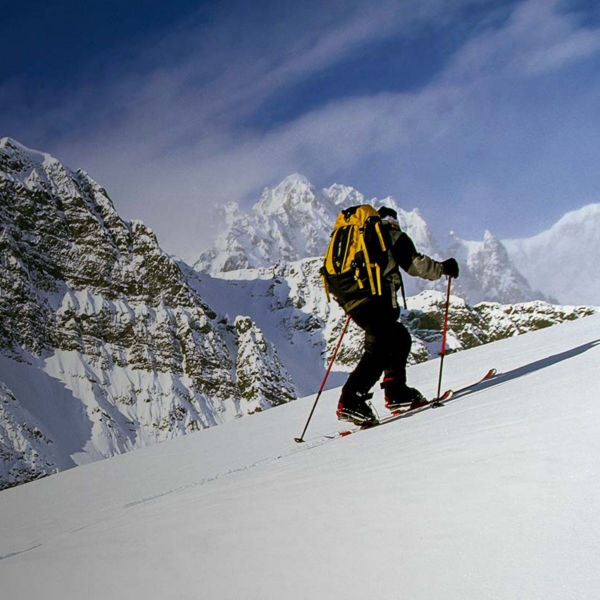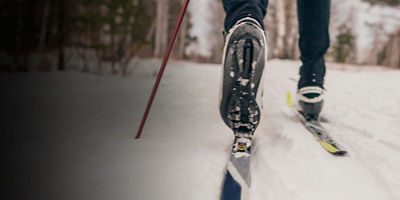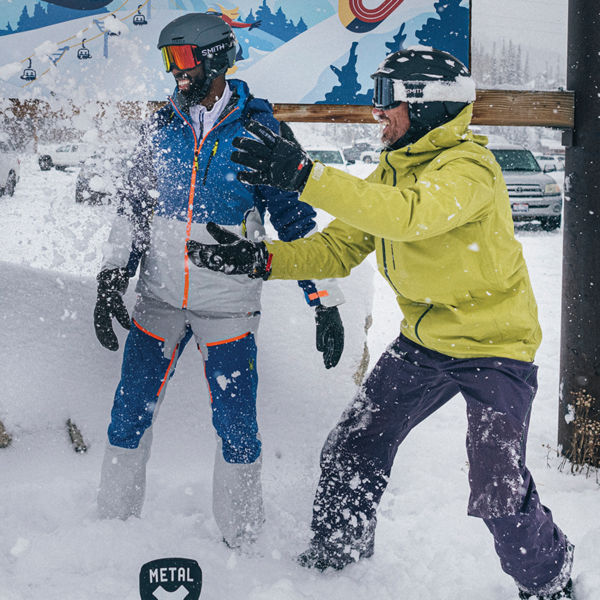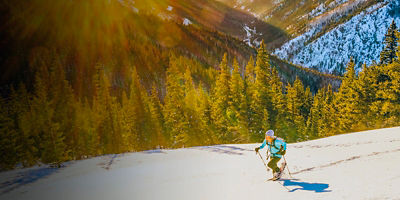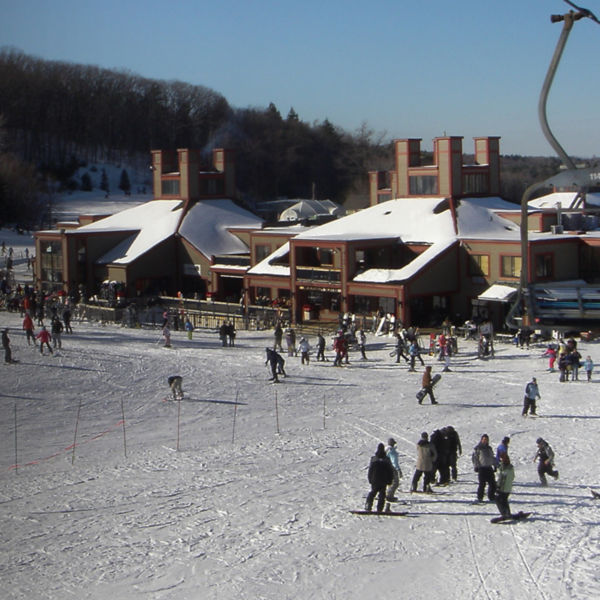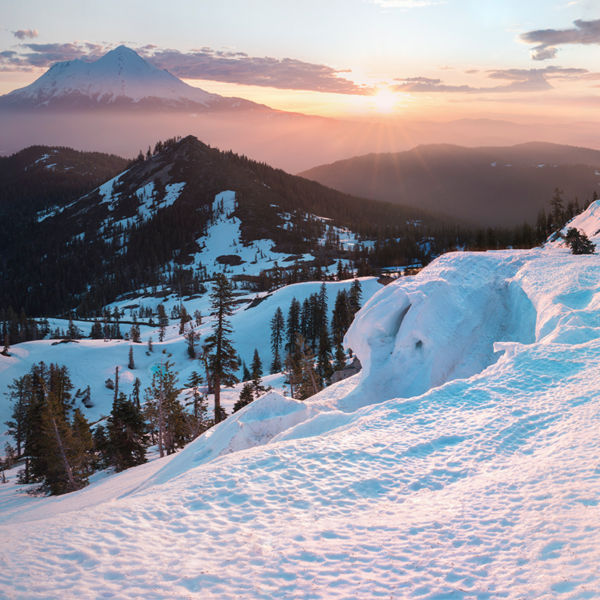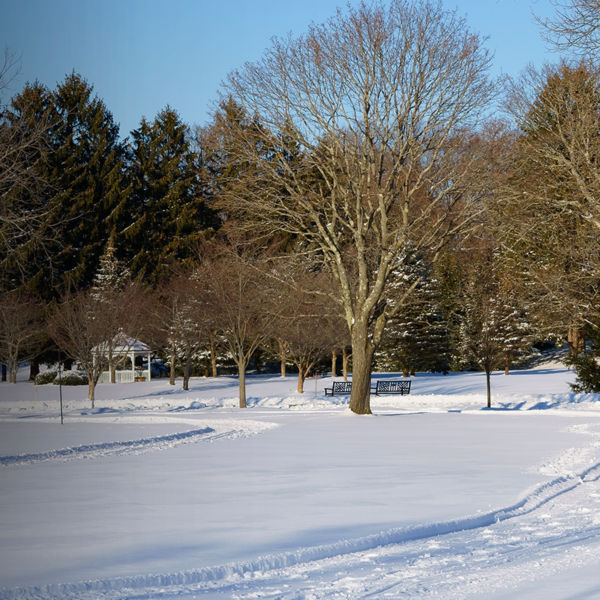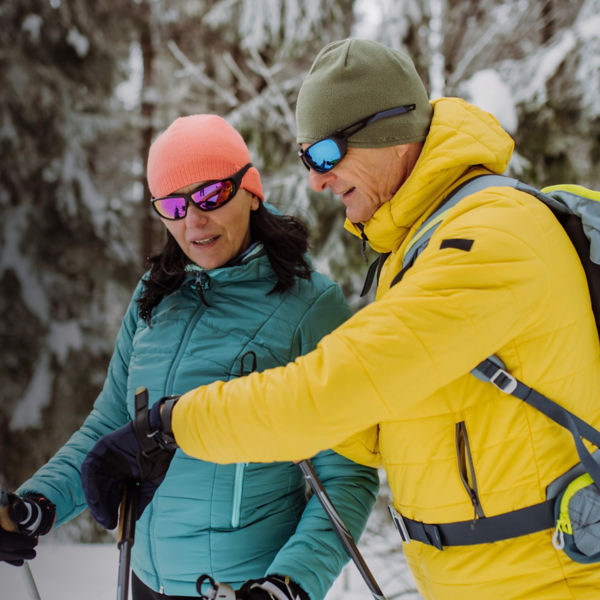
You probably spend a lot of time choosing your ski or snowboard. Now put the same attention into getting a jacket. Your outermost layer is critical to staying comfortable and making the most of every day on snow. Here’s how to get the right one.
First, decide what kind of skiing or riding you’ll be doing most. If it’s primarily lift-accessed, and you don’t need the breathability of more backcountry-oriented outerwear, the options open up to include insulated jackets. If you’re planning on hiking for your turns, you’re better off with a shell that breathes and can be layered easily.
Questions to Ask Yourself
Before shopping, ask yourself the following to hone in on the right jacket.
Where will you be skiing or riding most?
If it’s touring in the backcountry, get a highly breathable shell. If it’s lift-accessed skiing at a resort, you’ll want a warm, insulated jacket.
Do you expect wet conditions?
If you live in a region where rain and wet snow are common, opt for synthetic insulation and a waterproof shell.
How hot or cold do you run?
Get a jacket that matches your personal needs. If you shiver at the slightest windchill, consider a down jacket with a windproof shell. Run hot? Don’t overdo it with a jacket that you end up carrying more than wearing.
Is your favorite season spring?
A softshell is great in moderate spring conditions.
What features do you need?
Make a list of features—powder skirt, headphone port, stowable hood, etc.—that are essential.
Jacket Types
There’s a lot of variation in winter jackets, from insulated models to shells to 3-in-1 jackets. Here’s an overview of the main types you’ll see.
Insulated Jackets
For resort skiing and riding in cold conditions, you want a warm jacket for lift lines and chair rides. And if breathability isn’t a big concern (i.e. you don’t plan on ever hiking), or you’re skiing where it can also rain, consider an insulated jacket with a waterproof shell.
Down jackets: Down insulation delivers a high warmth-to-weight ratio and the best packability. Trade-offs: Down is often more expensive and can lose its insulating properties when wet (it’s best for dry, cold areas like the Rockies). However, most newer jackets feature water-resistant down, which has a hydrophobic treatment that helps feathers maintain loft in wet conditions.
Synthetic jackets: Synthetic-fill jackets are generally less expensive than down and perform better when wet. They’re a good choice for soggy regions like the Northwest or Northeast. Downsides: Synthetic jackets are generally heavier and bulkier than down jackets of equivalent warmth. Some companies use body mapping—putting more insulation in the torso area than the arms—to reduce weight and bulk.

















